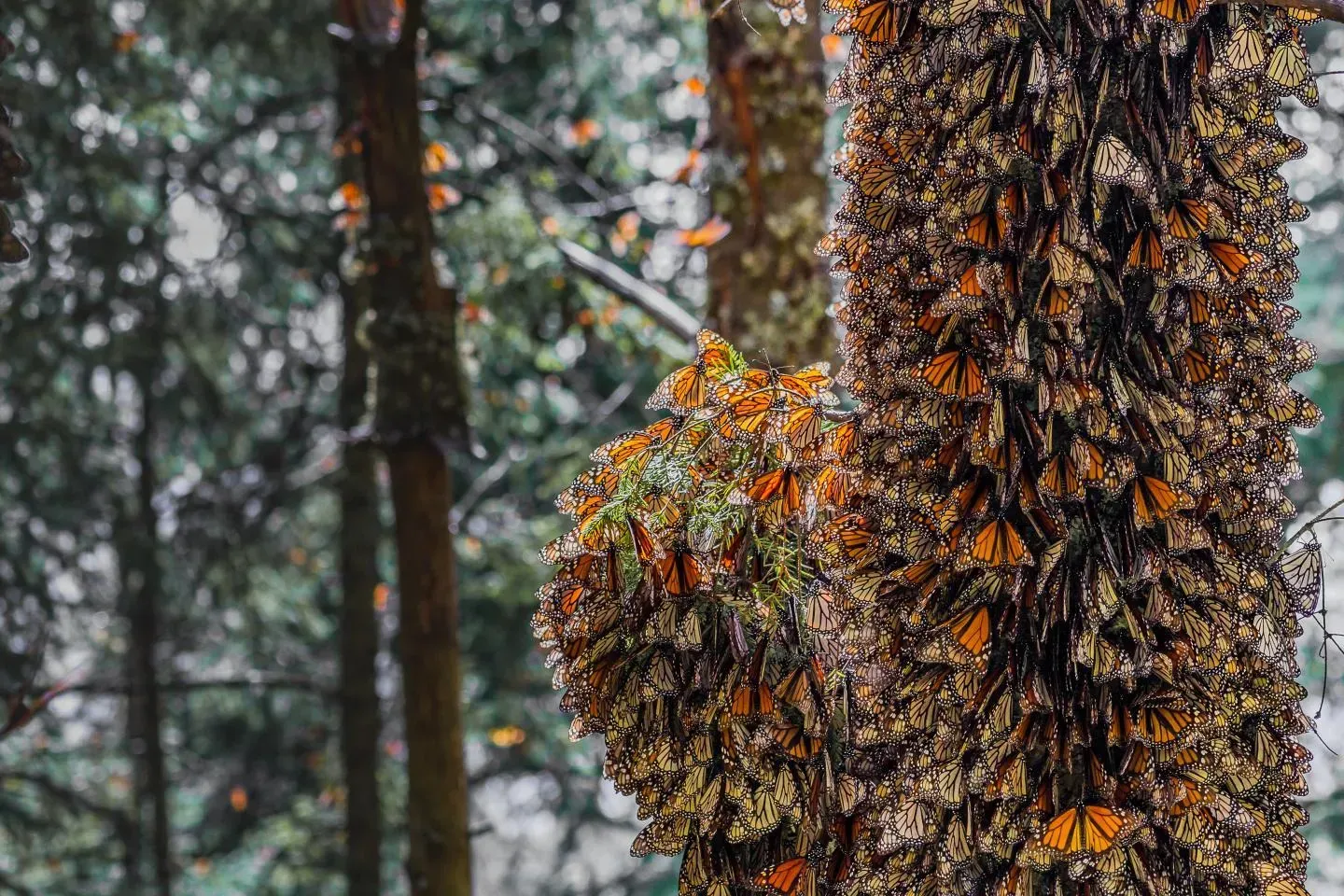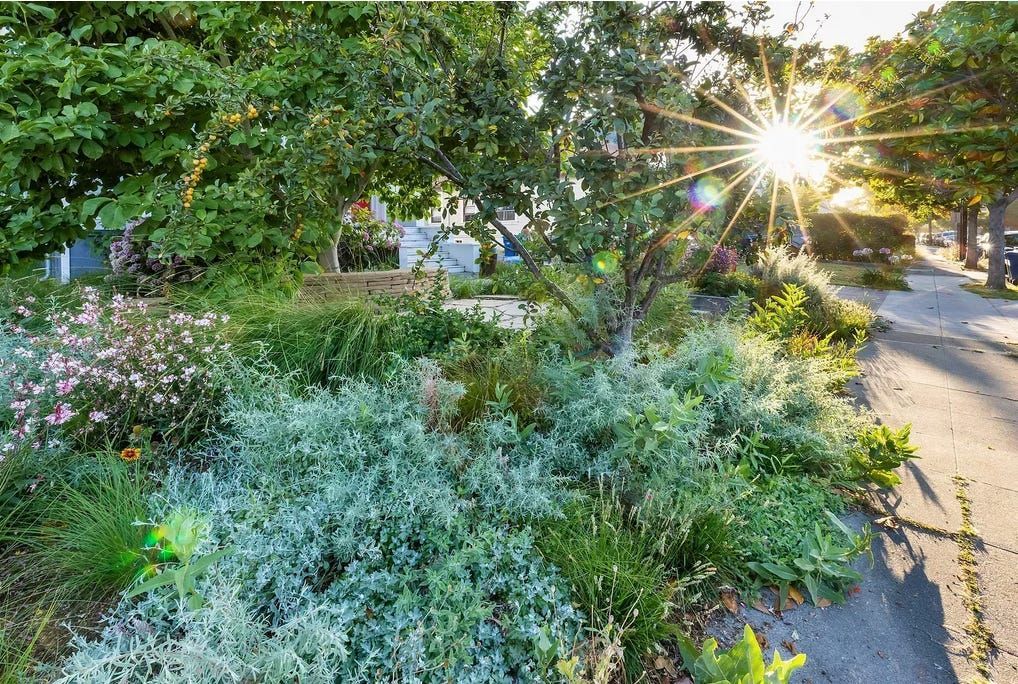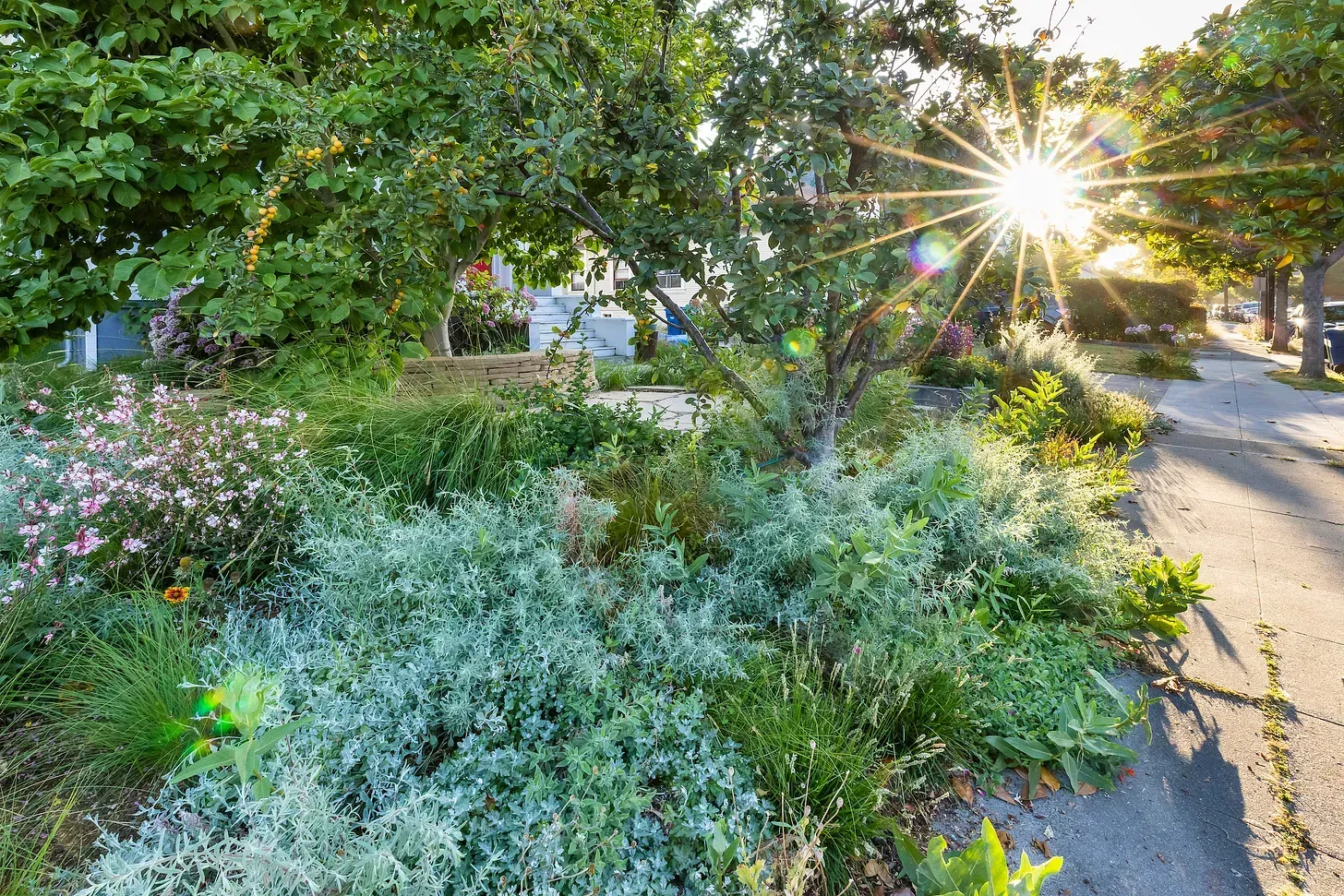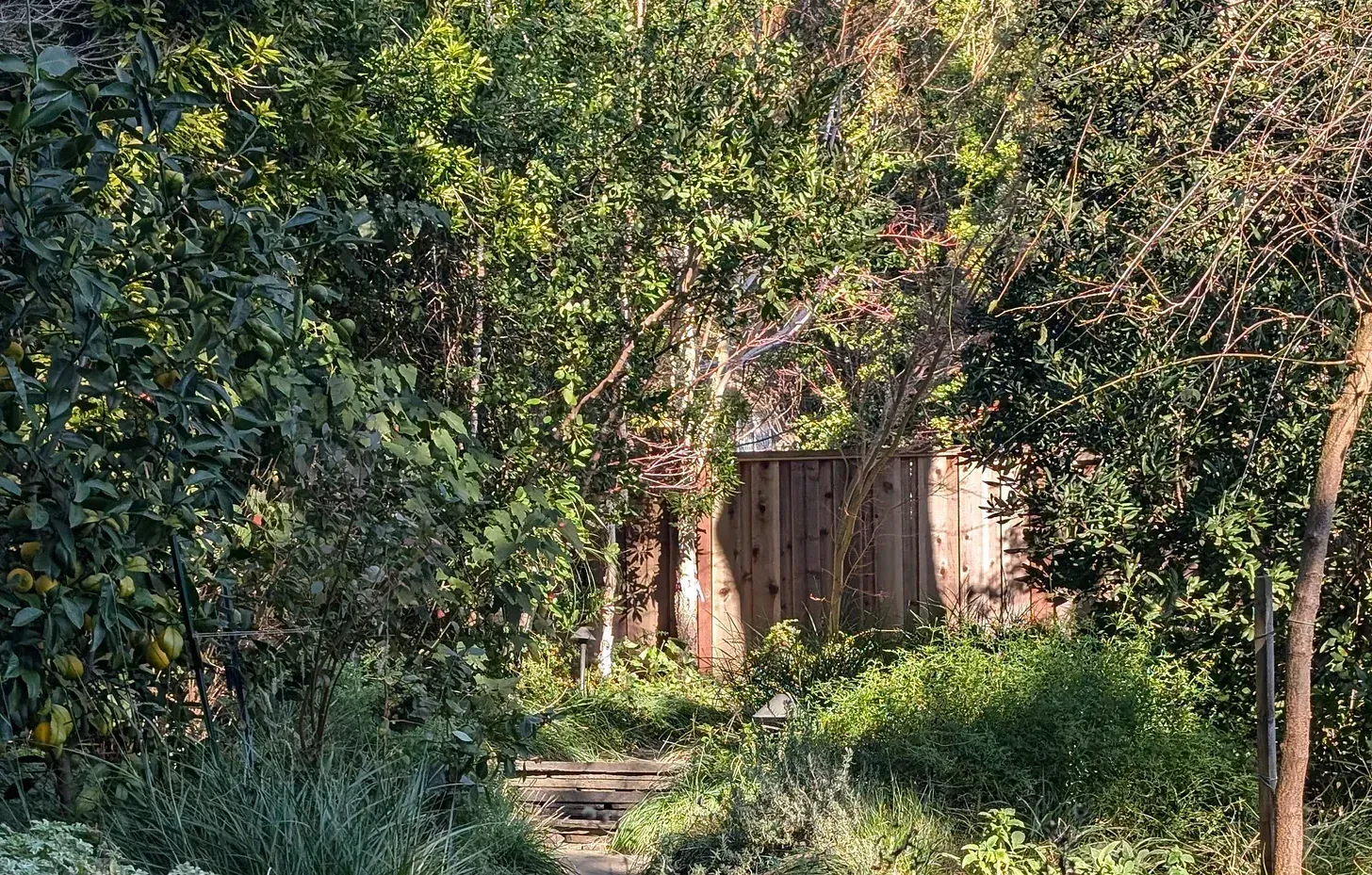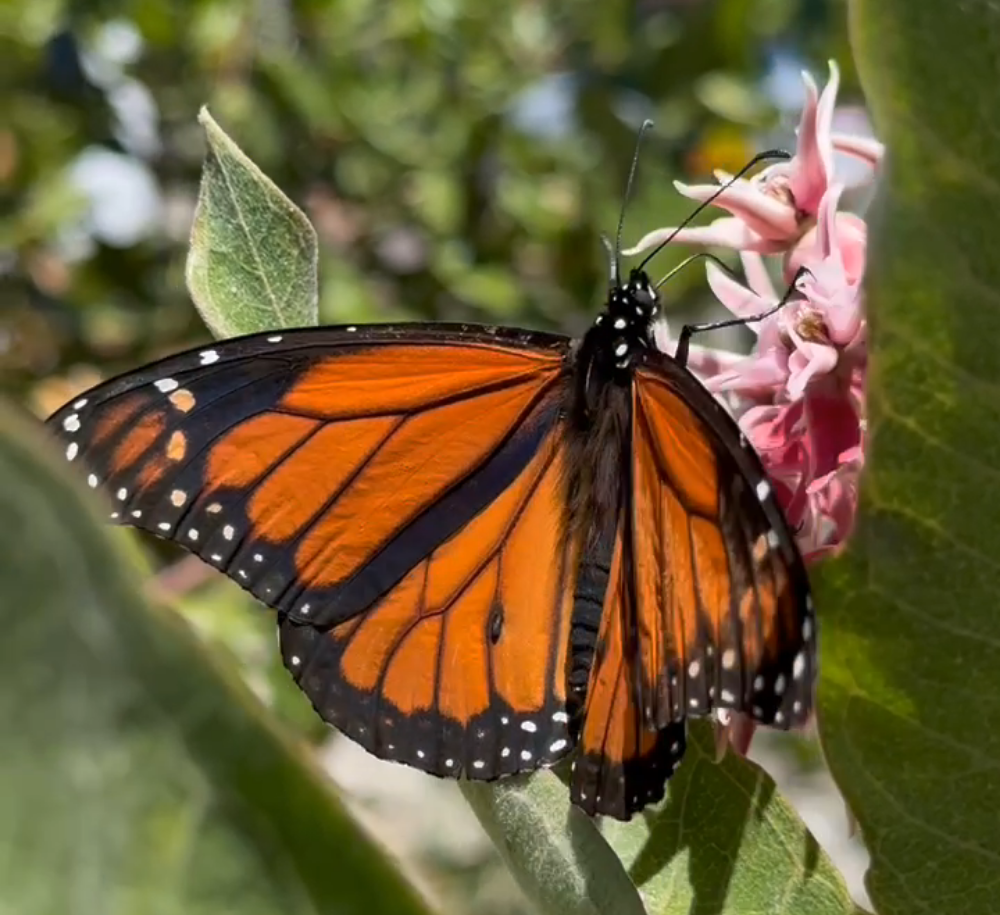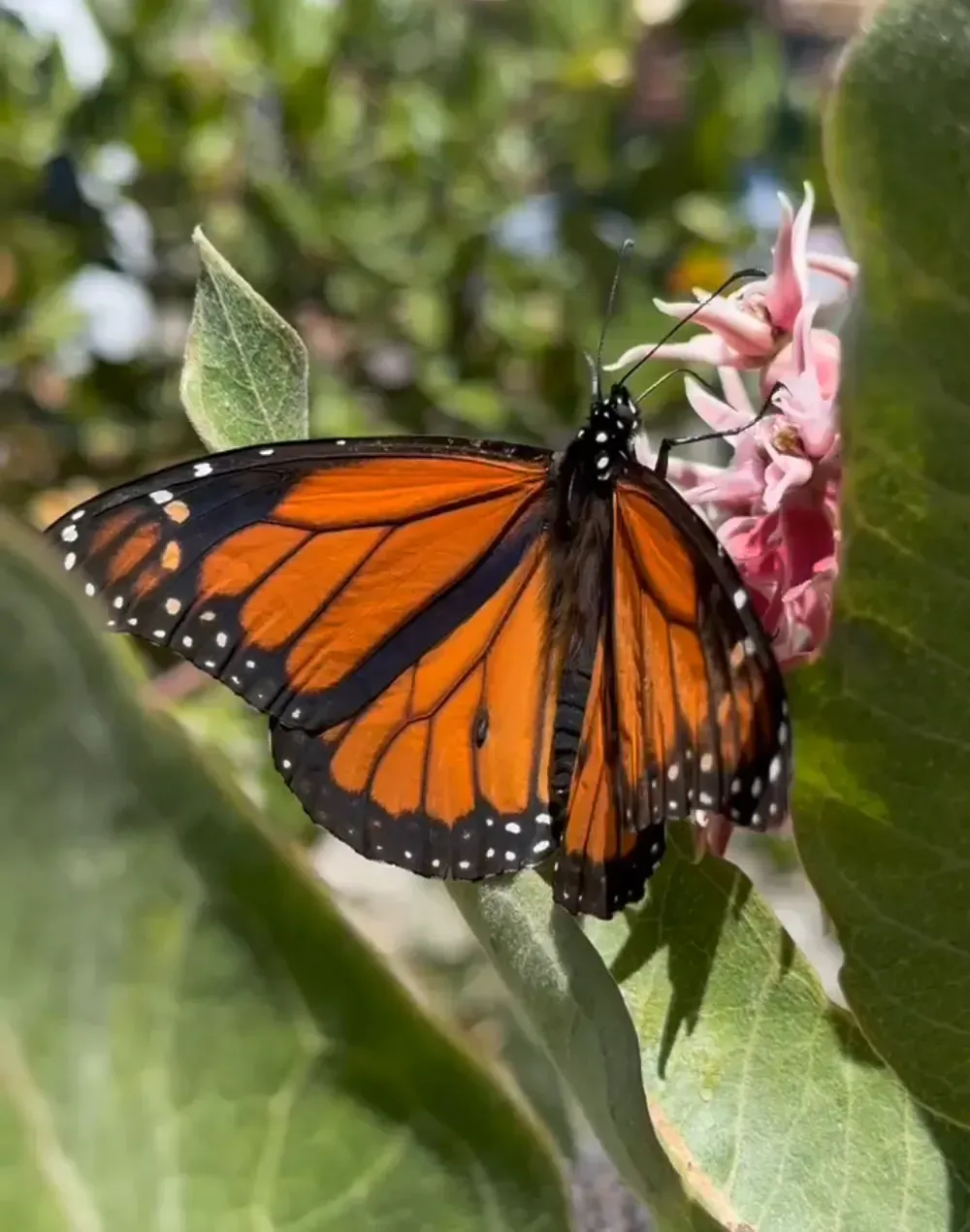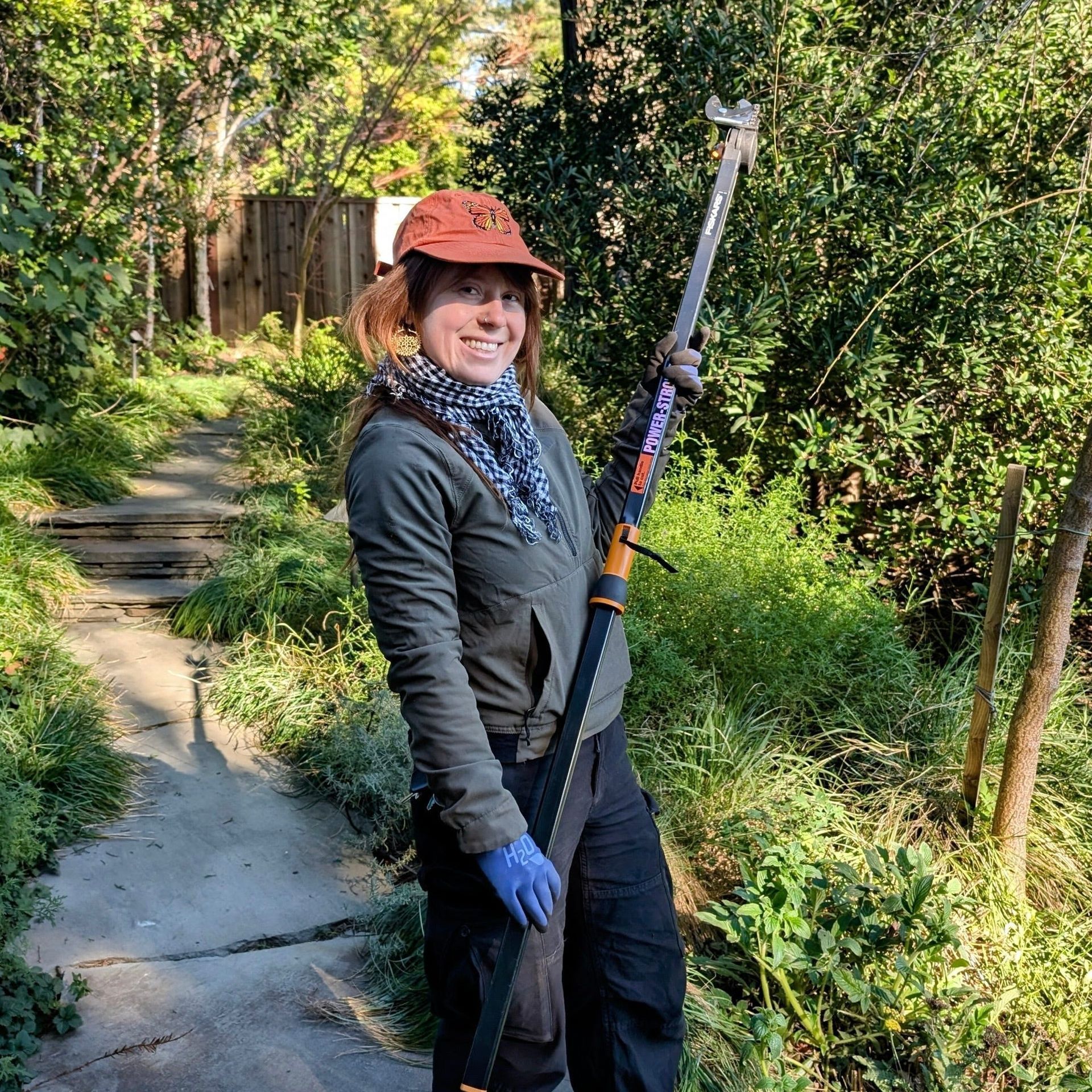EARLY SPRING FLOWERS
March is a time of year in the Bay Area that sees a fluctuation in temperatures and in precipitation. This year, we were lucky in January to see so much rain, and then to have a warm and dry February. This brought out the blooms. When it comes to blooming, at Mariposa, we love to see as much late winter and early spring bloom as we can. Not only is it beautiful, after the cold grey days of December and January, but it is also important for our winged friends, the butterflies and the bees. Blooming flowers provide nectar and nourishment when the weather starts to get warm and the pollinators emerge from winter dormancy.
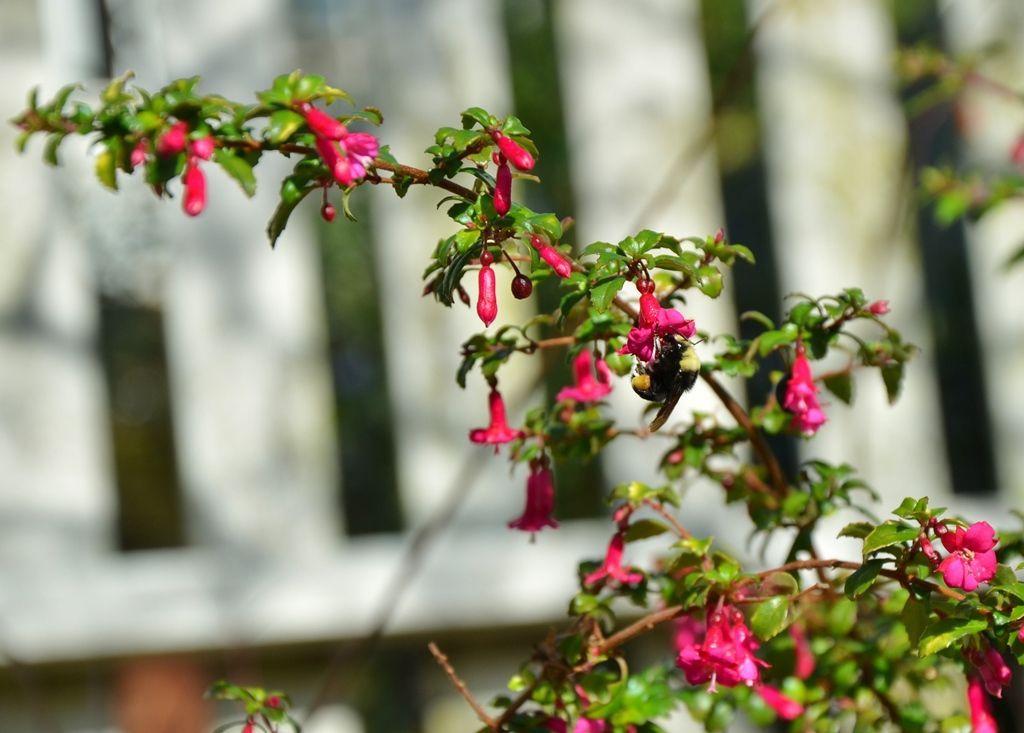
Fuschia thymilfolia is an excellent garden performer. It keeps its flowers year round, and provides nectar to a host of pollinators, including bumblebees and hummingbirds. In addition, it does well in dry shade. Often, trying to find plants that work in dry shade is a gardener’s dilemma.
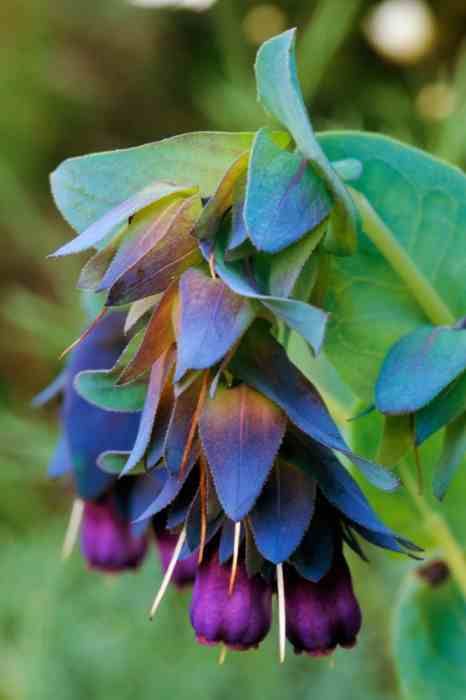
Cerinthe is a flower that will readily reseed itself in your garden. It’s lovely blue flowers are one of our first blooms of the year. Bumblebees and honey bees will be glad that you’ve planted it, as it is blooming right when they start to actively forage again.
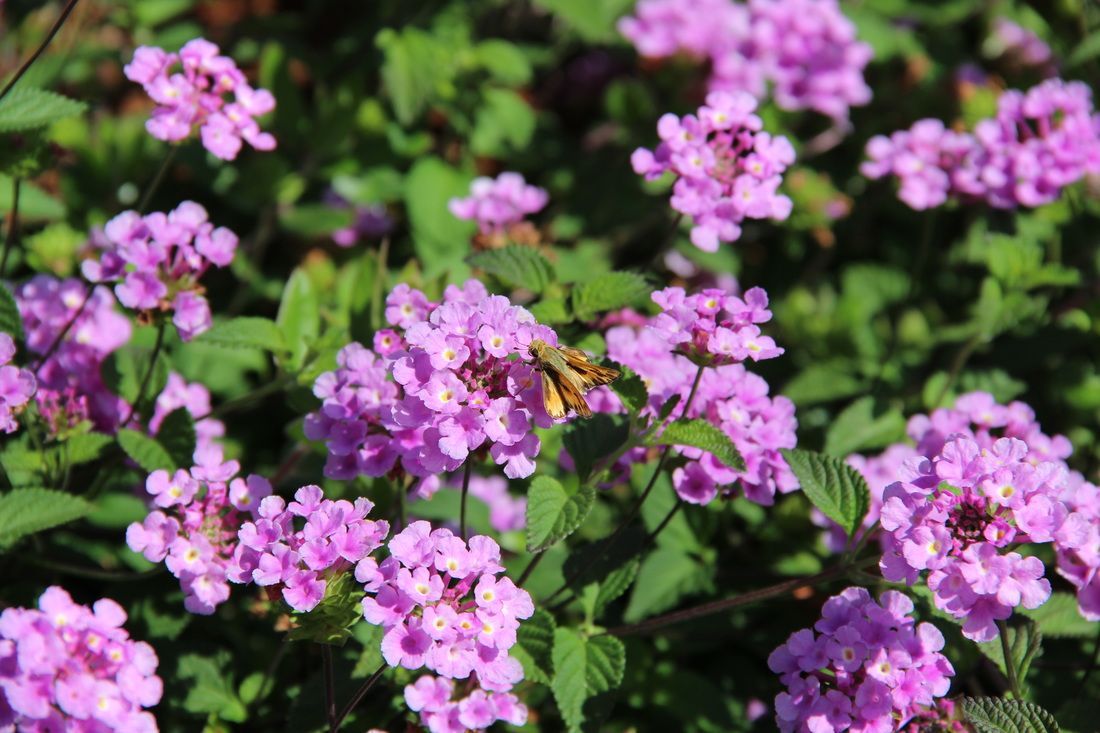
Lantana is blooming in my garden right now, however, I normally think of Lantana as a summer bloomer. Maybe it is the effects of the drought that has it blooming out of season. At any rate, it is blooming, and I have seen several bumblebees visiting during our warmer days in Late February.
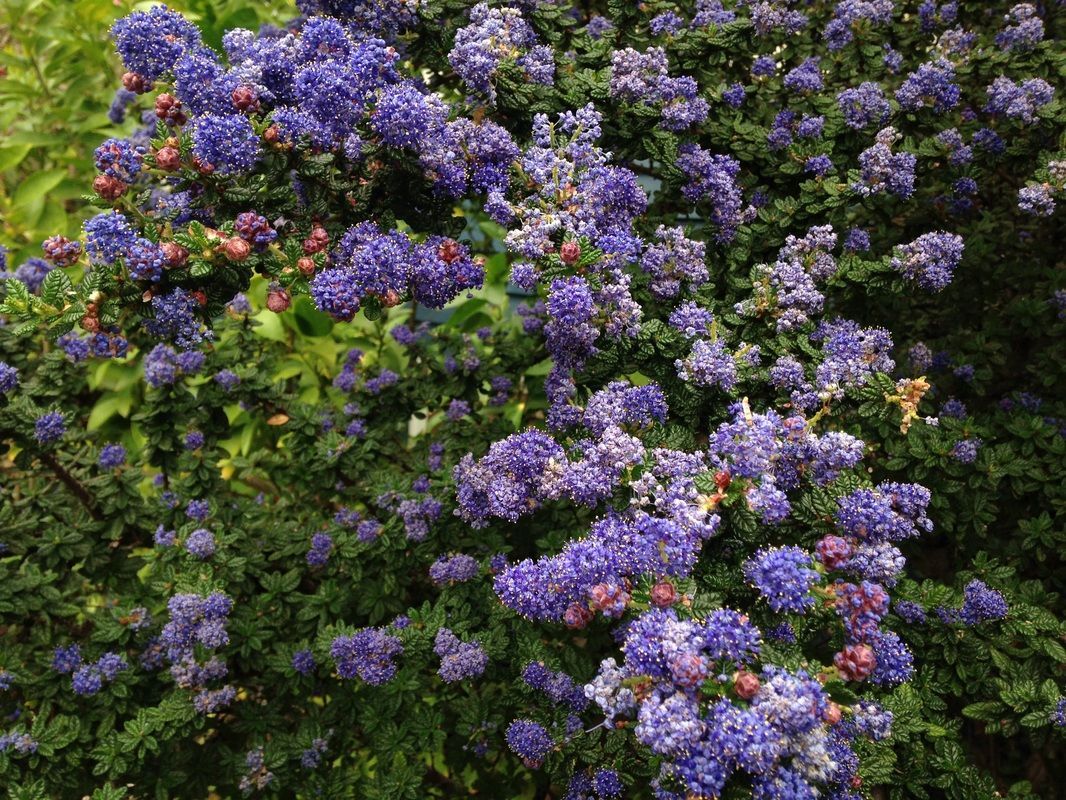
Ceanothus is one of my favorite late winter and early spring bloomers! It’s beautiful soft blue flowers make it a true gem in the garden. The heavenly and faint scent send me swooning every time I leave in the morning, as I have a full blooming Ceanothus ‘Ray Hartman’ blooming right outside my front door. The bumblebees love Ceanothus, and on a sunny day, one can see several of them working the deep blue blooms.
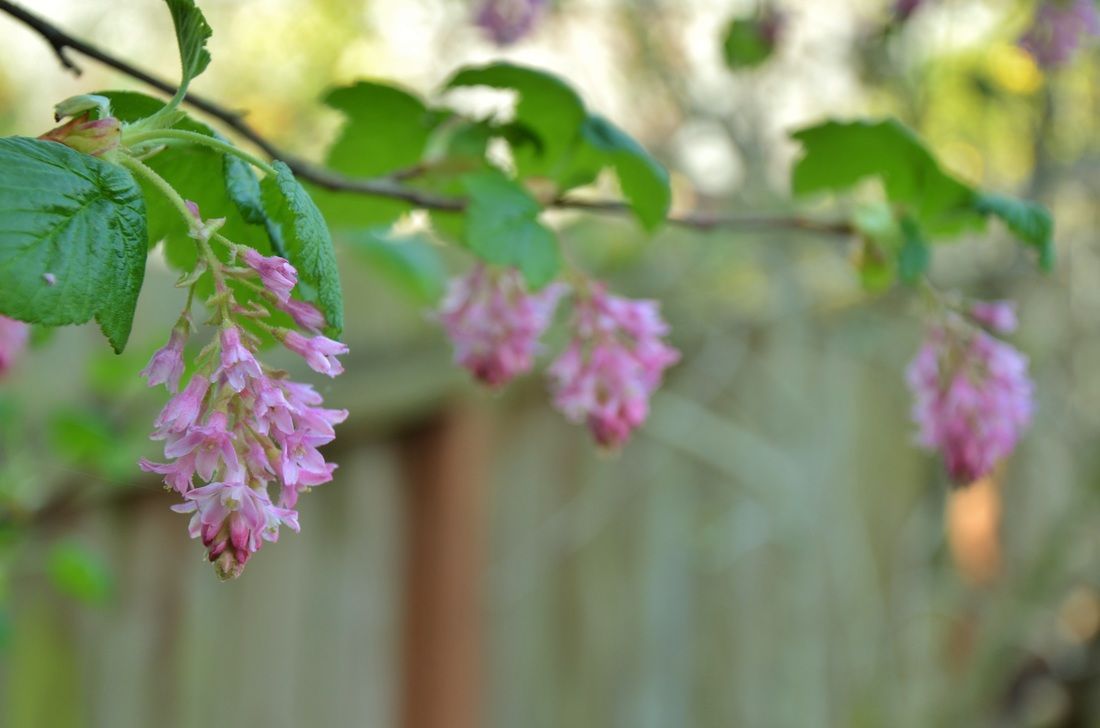
The fairest of all Early Spring blooms is the lovely Ribes sanguineum. It’s graceful plumes of pink flowers are truly lovely to behold. Right now, in many parts of the Bay Area, they are at their peak. Enjoy them while you can. Once the flowers have faded, they will produce currants that are loved by our local birds.

